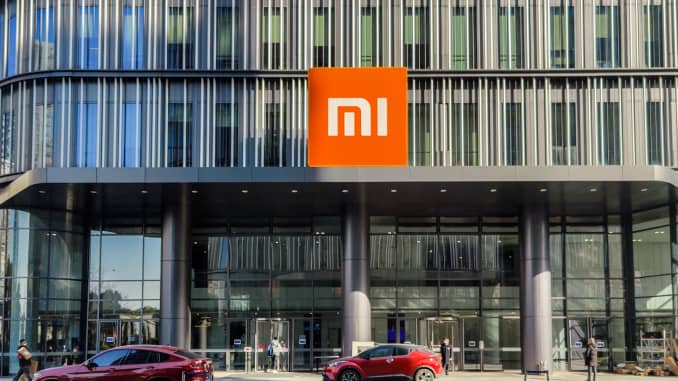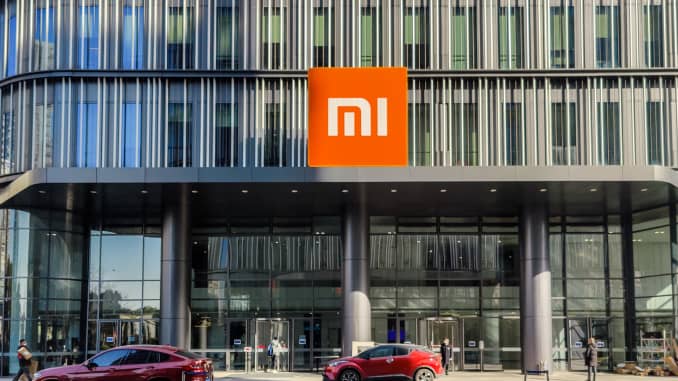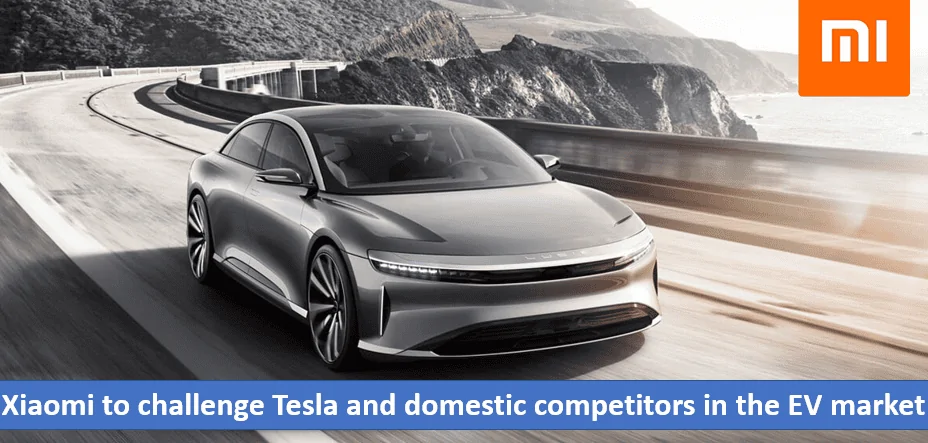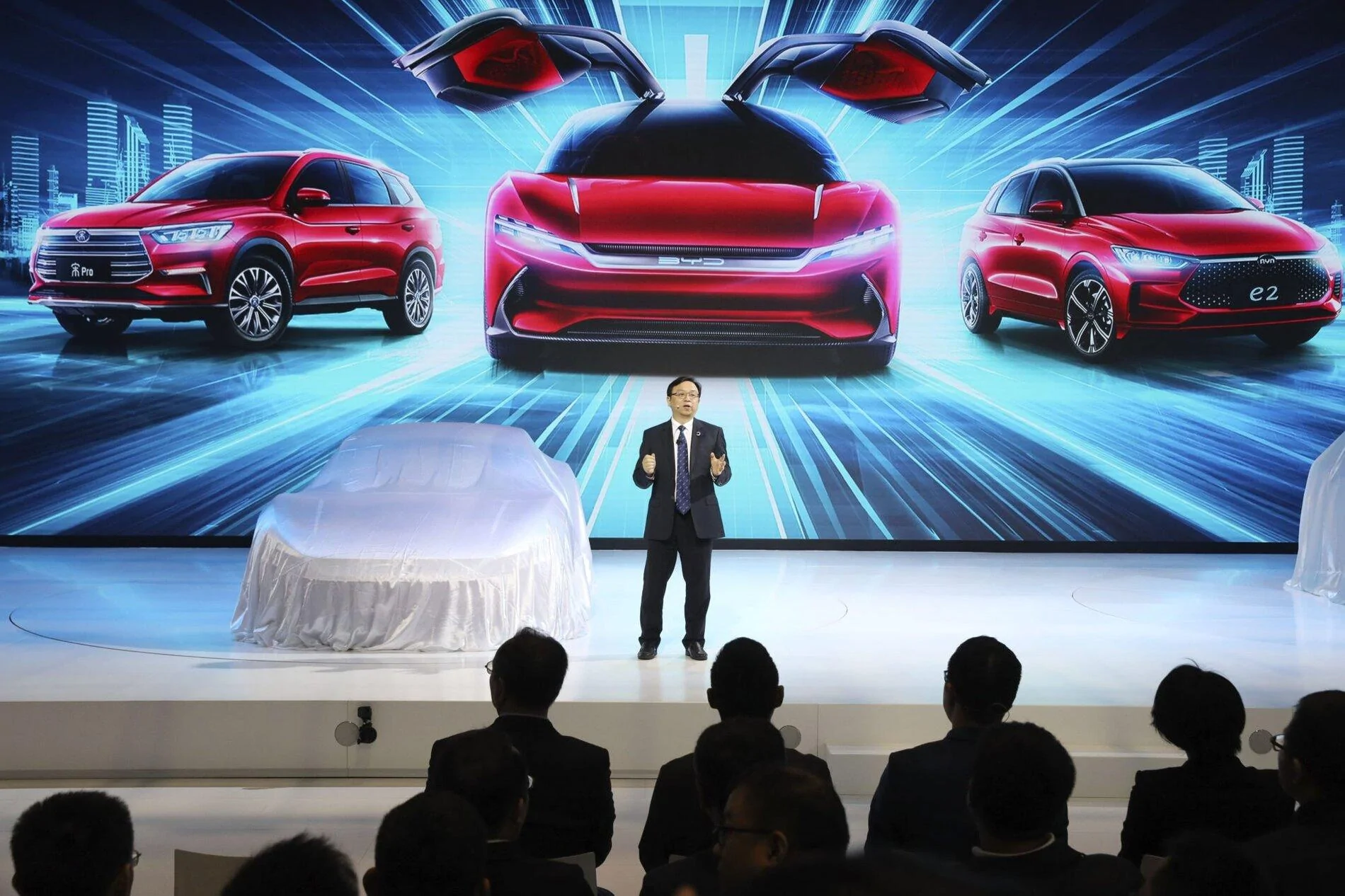TruckElectric
Well-known member
- First Name
- Bryan
- Joined
- Jun 16, 2020
- Threads
- 609
- Messages
- 2,004
- Reaction score
- 1,493
- Location
- Texas
- Vehicles
- Dodge Ram diesel
- Occupation
- Retired
- Thread starter
- #1
Smartphone maker Xiaomi to make electric vehicles using Great Wall Motor’s plant: Reuters, citing sources
PUBLISHED THU, MAR 25 202111:03 PM EDT

KEY POINTS

Xiaomi’s headquarters in the Xuhui District of Shanghai.
Costfoto | Barcroft Media | Getty Images
China’s Xiaomi plans to make electric vehicles (EVs) using Great Wall Motor’s factory, said three people with direct knowledge of the matter, making it the latest tech firm to join the smart mobility race.
Xiaomi, one of the world’s biggest smartphone makers, is in talks to use one of Great Wall’s plants in China to make EVs under its own brand, said two of the people, who declined to be identified as the information is not public.
Xiaomi will aim its EVs at the mass market, in line with the broader positioning of its electronics products, the two people said.
Great Wall, which has not before offered manufacturing services to other companies, will provide engineering consultancy to speed up the project, said one of the people.
Both companies plan to announce the partnership as soon as early next week, said one of the people.
Xiaomi and Great Wall declined to comment.
The plan comes as eight-year-old Xiaomi seeks to diversify its revenue streams from the smartphone business which accounts for the bulk of its income but carries razor-thin profit margins. It flagged on Wednesday rising costs from a global chip shortage and reported quarterly revenue below market estimates.
The move also comes against the backdrop of automakers and tech firms working closer together to develop smarter vehicles with technology such as smart cabins and autonomous driving.
Chinese search engine provider Baidu Inc said in January it plans to make EVs using an auto plant owned by Geely. Reuters has also reported Apple and Huawei Technologies’s respective auto ambitions.
Xiaomi’s founder and chief executive, Lei Jun, believes the firm’s expertise in hardware manufacturing will help accelerate the design and production of its EVs, one of the people said.
Alongside smartphones, Xiaomi makes dozens of internet-connected devices including scooters, air purifiers and rice cookers.
The firm plans to launch its first EV around 2023, one of the people said. It will enable its cars to connect with other devices in its product eco-system, the people said.
Baoding-based Great Wall, China’s biggest pickup truck maker, this year launched a standalone brand for electric and smart vehicles. It is also building an EV factory in China with Germany’s BMW.
The automaker sold 1.11 million vehicles last year helped by the popularity of models such as the P-series pickup truck and Ora EVs. It is currently building its first factory in Thailand.
SOURCE: CNBC
PUBLISHED THU, MAR 25 202111:03 PM EDT

KEY POINTS
- China’s Xiaomi plans to make electric vehicles (EVs) using Great Wall Motor’s factory, three people with direct knowledge of the matter told Reuters.
- Xiaomi, one of the world’s biggest smartphone makers, is in talks to use one of Great Wall’s plants in China to make EVs under its own brand
- Xiaomi will aim its EVs at the mass market, in line with the broader positioning of its electronics products, the two people said.

Xiaomi’s headquarters in the Xuhui District of Shanghai.
Costfoto | Barcroft Media | Getty Images
China’s Xiaomi plans to make electric vehicles (EVs) using Great Wall Motor’s factory, said three people with direct knowledge of the matter, making it the latest tech firm to join the smart mobility race.
Xiaomi, one of the world’s biggest smartphone makers, is in talks to use one of Great Wall’s plants in China to make EVs under its own brand, said two of the people, who declined to be identified as the information is not public.
Xiaomi will aim its EVs at the mass market, in line with the broader positioning of its electronics products, the two people said.
Great Wall, which has not before offered manufacturing services to other companies, will provide engineering consultancy to speed up the project, said one of the people.
Both companies plan to announce the partnership as soon as early next week, said one of the people.
Xiaomi and Great Wall declined to comment.
The plan comes as eight-year-old Xiaomi seeks to diversify its revenue streams from the smartphone business which accounts for the bulk of its income but carries razor-thin profit margins. It flagged on Wednesday rising costs from a global chip shortage and reported quarterly revenue below market estimates.
The move also comes against the backdrop of automakers and tech firms working closer together to develop smarter vehicles with technology such as smart cabins and autonomous driving.
Chinese search engine provider Baidu Inc said in January it plans to make EVs using an auto plant owned by Geely. Reuters has also reported Apple and Huawei Technologies’s respective auto ambitions.
Xiaomi’s founder and chief executive, Lei Jun, believes the firm’s expertise in hardware manufacturing will help accelerate the design and production of its EVs, one of the people said.
Alongside smartphones, Xiaomi makes dozens of internet-connected devices including scooters, air purifiers and rice cookers.
The firm plans to launch its first EV around 2023, one of the people said. It will enable its cars to connect with other devices in its product eco-system, the people said.
Baoding-based Great Wall, China’s biggest pickup truck maker, this year launched a standalone brand for electric and smart vehicles. It is also building an EV factory in China with Germany’s BMW.
The automaker sold 1.11 million vehicles last year helped by the popularity of models such as the P-series pickup truck and Ora EVs. It is currently building its first factory in Thailand.
SOURCE: CNBC



